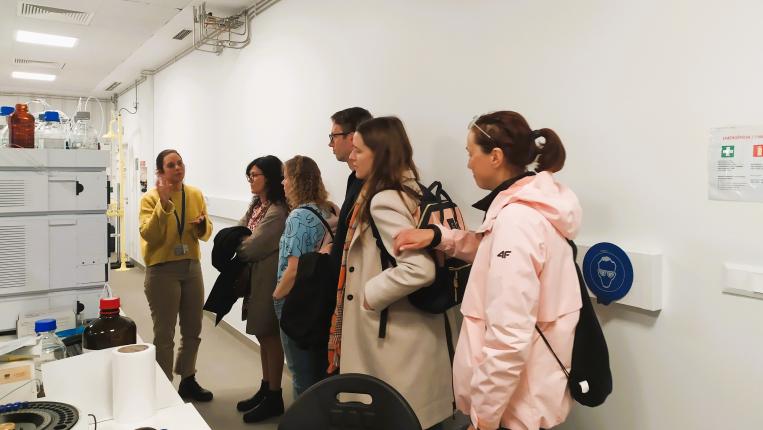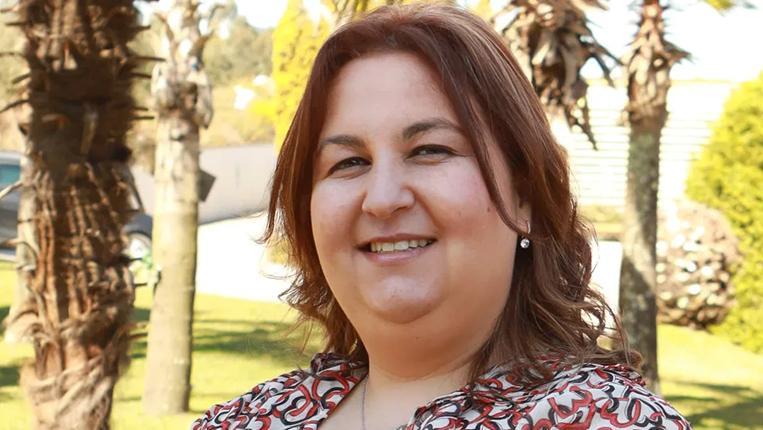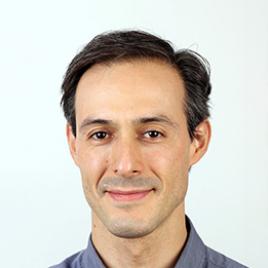Objectives and competences
Knowledge of Human Anatomy is essential in the different degrees in the area of Health Sciences and fits into the multidisciplinary context of the degree in Nutrition Sciences.
In the Curricular Unit of Human Anatomy, it is intended that students learn the general anatomical terminology and the nomenclature of the regions into which the human body is subdivided (Nomina Anatomica). The main objective of this course is the study of the various human systems, namely the locomotor, cardiovascular, respiratory, digestive, urinary, male genital, female genital, endocrine glands, central and peripheral nervous system and sense organs.
It is intended that students develop skills of observation and autonomous study, acquire the bases of the descriptive method and that they integrate morphological knowledge with notions of functional anatomy. In addition, it is intended to encourage the curiosity for this topic.
Teaching Methodologies
2 theoretical classes of 90 minutes each per week (total: 36);
1 theoretical-practical class of 90 minutes per week (total: 16.5).
Theoretical classes for the presentation of General Anatomy concepts, introduction or synopsis of major themes and descriptive explanation of subjects will be taught with audiovisual media (Powerpoint presentations).
In theoretical-practical classes, the observation, identification and description of structures in anatomical models and, whenever possible, in cadaveric parts will be carried out.
Teacher-student communication and the availability of study material will be done through the Blackboard Platform.
Syllabus
Contents - Theoretical Classes
Introduction to the study of Human Anatomy. Anatomical terminology.
General embryology/Development generalities.
Introduction to the study of Osteology.
Bone skull. Bone face. Spine. Bone thorax. Appendicular skeleton.
Introduction to the study of Arthrology. Classification of joints.
Ear-jaw articulation. Joints of the head, spine and thorax.
Description of the main joints of the limbs.
Introduction to the study of Myology.
Muscles of the head, neck and chest.
Muscles of the abdomen, pelvis and perineum.
Limb muscles.
Introduction to the study of Circulatory Systems.
Heart and pericardium.
General organization of the arterial system. Pulmonary artery and its branches. Aorta artery and its branches. Branches of the aortic arch. Carotid system. limb arteries.
General organization of the venous system. Inferior and superior vena cava and their tributaries.
General organization of the lymphatic system. Structures involved in immunity.
Introduction to the study of the Nervous System.
Spinal cord. Brainstem. Cerebellum. Diencephalon. telencephalon.
Structures involved in the control of motility and in the reception and manipulation of information about the internal and external environment.
Autonomic Nervous System.
Meninges. Cerebrospinal fluid. Ventricular system. CNS irrigation.
Introduction to the study of Splanchnology.
General organization of the Respiratory System.
Nose, nasal passages and paranasal sinuses. Olfactory mucosa. Olfactory way.
Larynx and trachea. Bronchi and lungs. Chest and pleural cavities.
Urinary Device.
Male Genital Apparatus.
Female Genital Device. Breast and mammary gland.
General organization of the digestive system.
Mouth, tongue and salivary glands. Taste pathway.
Chewing apparatus. Pharynx.
Esophagus. Stomach. Small intestine.
Colon. Rectum and anal canal.
Liver and bile ducts. pancreas. Spleen.
Arterial supply of abdominal and pelvic viscera.
Venous and lymphatic drainage of the abdominal and pelvic viscera. Hepatic portal system.
Innervation of the digestive system.
Peritoneum and peritoneal cavity.
Structural organizations with endocrine and/or paracrine action.
Contents - Theoretical-Practical Classes
Identification, interpretation and description of anatomical elements of the human body in an organized and complete way, having as object of study images on slides, anatomical models and/or cadaveric parts. It is also intended that students in this type of classes are able to integrate and discuss the concepts presented in theoretical classes.




